Are you looking to start your very own backyard veggie garden in Texas? Do you want to have a bumper crop of delicious tomatoes every summer? Planting season is the perfect time for growing delicious homegrown produce, but when exactly should you plant your tomatoes in Texas? If you’re wondering when the ideal planting season is for turning your dreams into reality, then read on! We’re here to share our gardening expertise and give advice on when best to sow tomato seeds so that they’ll come up strong and healthy. Get ready because with this knowledge, it won’t be long before fresh juicy tomatoes are filling up your pantry all summer long!
Which Vegetables Grow Great in Texas?
Texas is known for its diverse climates and temperature ranges, making it a great place to grow vegetables. From the Hill Country’s cooler temperatures to the hot and humid areas along the coast, there are plenty of opportunities for gardeners to experiment with different kinds of vegetables. [1]
Here are some of the best vegetables to grow in Texas.
- Tomatoes: Tomatoes are a classic vegetable for Texas gardens, and they can be grown in almost any climate. Plant your tomatoes early in the season, when temperatures begin to warm up. For extra flavor, try heirloom varieties like Brandywine or Cherokee Purple.
- Bell peppers: Bell peppers, also known as sweet peppers, are a great choice for Texas gardens. They grow best in warmer climates and can be harvested throughout the summer months. Plant several varieties of peppers to enjoy an array of colors and flavors.
- Squash: Squash is one of the most popular vegetables grown in Texas gardens. Summer squash includes varieties like zucchini, straightneck, and crookneck. Winter squash can also be grown in Texas and includes varieties such as acorn squash, butternut squash, and Hubbard squash.
- Sweet potatoes: Sweet potatoes are a staple of the Texas diet and are easy to grow in the hot climate. Plant them in early spring when temperatures begin to warm up. Harvest sweet potatoes in the fall and enjoy them as an autumn side dish.
- Okra: Okra is a warm-weather vegetable that’s easy to grow in Texas. Plant it after the last frost of spring for a summer harvest of okra pods. Try frying or pickling the pods for a tasty snack.
- Peas: Peas are a cool season vegetable that can be planted in early spring. Choose from sugar snap peas, snow peas, and English peas for a variety of flavors and textures.
- Eggplant: Eggplants are a classic choice for gardens in the warmer parts of Texas. Plant them when temperatures are between 70 and 90 degrees Fahrenheit for the best yields. Enjoy your eggplants grilled, roasted, or baked into recipes like eggplant Parmesan.
- Watermelons: Last but not least, watermelons are a popular choice for gardens in Texas. Plant them in late spring and enjoy juicy melons in the summer months. Look for varieties like Crimson Sweet or Jubilee to get the best flavor. [2]
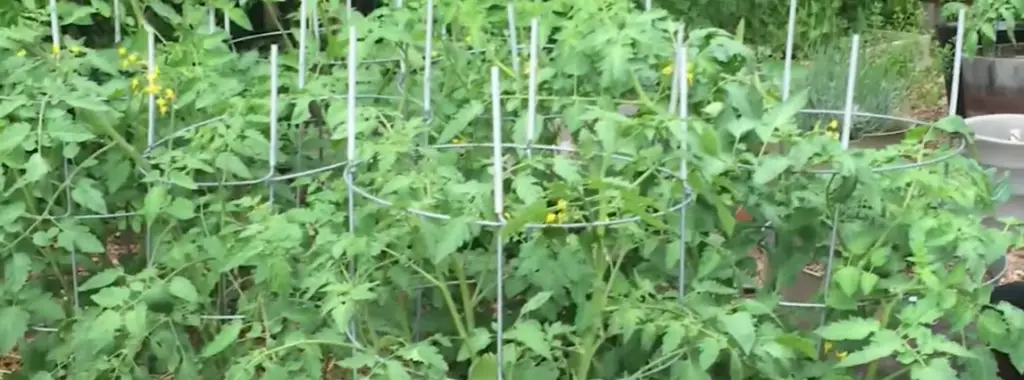
What is the Best Time to Grow Tomatoes in Texas?
Texas has some of the best growing conditions for tomatoes in the United States. However, there are certain times during the year that are better than others for planting your tomato plants. [3]
Spring
In the spring, temperatures are just right for tomato seedlings. This is an ideal time to get your tomatoes in the ground since there is usually enough rainfall to keep them growing and producing healthy fruits. Tomatoes planted during this time will be able to reach maturity by early summer and produce a large harvest of ripe tomatoes.
Summer
Although it is possible to plant tomatoes in the summer, it is not recommended. The hot temperatures of the season can make it difficult for tomato plants to survive and produce fruit. The best way to grow tomatoes during this time is by using a plastic mulching technique which helps to keep the soil cool and moist.
Fall
Fall is an excellent time for planting your tomatoes in Texas. At this time of year, the temperatures are cooler and the soil is still warm from a summer’s worth of sunshine. This makes it easier for tomato plants to establish themselves and produce a healthy crop of ripe fruits.
Winter
In the winter months, tomato plants will not be able to survive in Texas due to cold temperatures and potential frost damage. If you want to plant tomatoes during this time, it is best to use a cold frame or greenhouse to protect your plants from the elements. [4]
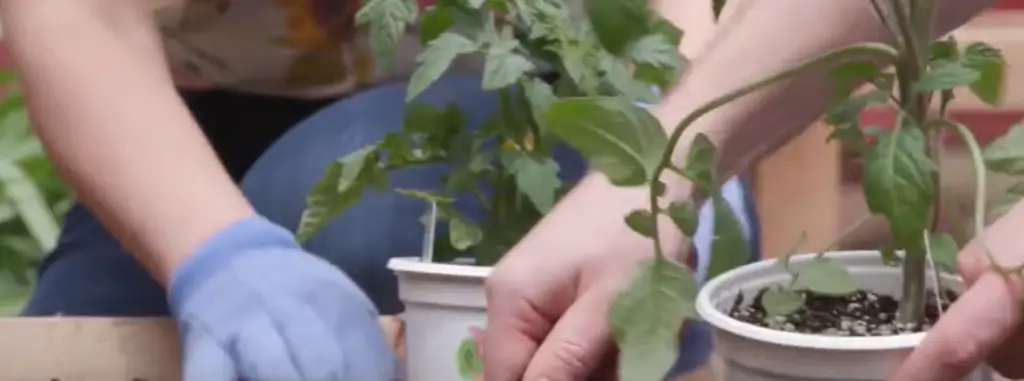
What are the Best Types of Tomatoes?
Choosing the best tomatoes for your garden can be a challenge. There are so many varieties to choose from, it can be overwhelming. But with some careful consideration, you can find the perfect tomato variety for your garden.
When deciding what type of tomato is best for you and your gardening needs, there are few things to consider: climate, flavor, disease resistance, and yield.
Tomatoes come in many different shapes and sizes, with different colors too. Here are some of the most popular varieties:
- Beefsteak – This large variety is perfect for slicing. It has a sweet flavor and great texture. Beefsteak tomatoes tend to have fewer seeds than other varieties, making them ideal for salads and sandwiches.
- Cherry – These small tomatoes are great for adding a burst of flavor to salads, soups, and sauces. They’re also perfect for snacking straight off the vine!
- Roma – This variety is very popular among home gardeners because it produces an abundance of fruit with few seeds. The Roma tomato is great for making sauces, salsas, and other dishes.
- Heirloom – With their unique shapes and flavors, heirloom tomatoes are a favorite among gardeners. Many of these varieties have been passed down from generation to generation, so you know you’re getting a special treat!
- Plum – These small tomatoes are ideal for sauces and pastes. They’re also great for canning or freezing, as they have fewer seeds than other varieties.
- Yellow Pear – This unique variety is great for salads and snacking. The bright yellow color adds an extra splash of flavor to any dish.
- Green Tomato – This variety is most commonly used for frying and pickling. But, they can also be eaten fresh in salads or sandwiches.
Remember that your climate will play an important role in selecting the perfect tomato variety for your garden. If you live in a cooler region, look for early-season varieties that ripen quickly. In warmer climates, late season varieties that ripen in late summer and early fall are better suited. [5]
How to Grow Juicy Tomatoes?
Growing juicy tomatoes is a rewarding experience for many gardeners. There are several key things to consider when growing juicy tomatoes:
Choose the right variety
When planting tomatoes, be sure to choose varieties that are known to produce juicy fruits. Look for varieties labeled as ‘meaty’ or ‘juicy’, such as Beefsteak or Brandywine. Heirloom varieties often have great flavor and sweetness, making them a favorite choice for many gardeners.
Plant in Full Sun
Tomatoes need full sun — six to eight hours a day — for optimal growth and sweet fruit production. When selecting the site for your tomato plants, be sure to choose an area that receives plenty of sunlight.

Provide Nutrients
Tomatoes benefit from regular fertilization with a balanced fertilizer such as 10-10-10 or 12-12-12. Fertilize your tomatoes every three to four weeks, supplementing with a higher phosphorus fertilizer near the end of the season as they start to set tomatoes.
Keep Soil Moist
Tomatoes need an even supply of water for good fruit production and flavor. Water deeply once or twice a week when there is less than an inch of rain. If the soil is dry to a depth of three inches, water thoroughly. Mulch around your tomato plants to help retain moisture in the soil and discourage weeds.
Prune Wisely
Too much foliage can result in less flavorful fruit. Pruning isn’t necessary for all varieties, but if you notice that your tomatoes are becoming overgrown, pinch the tips of branches and remove some leaves to allow more air circulation. This will also help ensure that your tomatoes get plenty of sunlight and nutrients.
Harvest at the Right Time
Tomatoes are ready for harvest when they are a deep red color and slightly soft to the touch. Cut them off the vine with scissors or pruners, taking care not to bruise the fruit. Remove any green tomatoes and keep them in a sunny location so they can ripen. [6]
How to Care for Tomatoes?
When it comes to caring for tomatoes, there are a few key things to consider.
Step 1: Watering
Tomatoes should be watered regularly, especially when they are young. It’s best to water them in the morning or late afternoon so that the moisture has time to sink in before the heat of the day kicks in. Make sure not to over-water, as this can cause root rot and other issues.
Step 2: Pruning
Pruning your tomatoes is an important part of caring for them. Pruning helps to promote air circulation and allow the tomato plants to focus their energy on producing fruit instead of growing too large. Make sure to prune off any dead or diseased foliage as soon as you notice it, and also any branches that are crossing with each other.
Step 3: Mulching
Mulch helps to conserve moisture, regulate soil temperature, and suppress weeds. It also adds organic matter to your soil which will help improve its structure and fertility over time. When mulching tomatoes, use a 2-3 inch layer of organic material such as straw, shredded leaves or grass clippings.
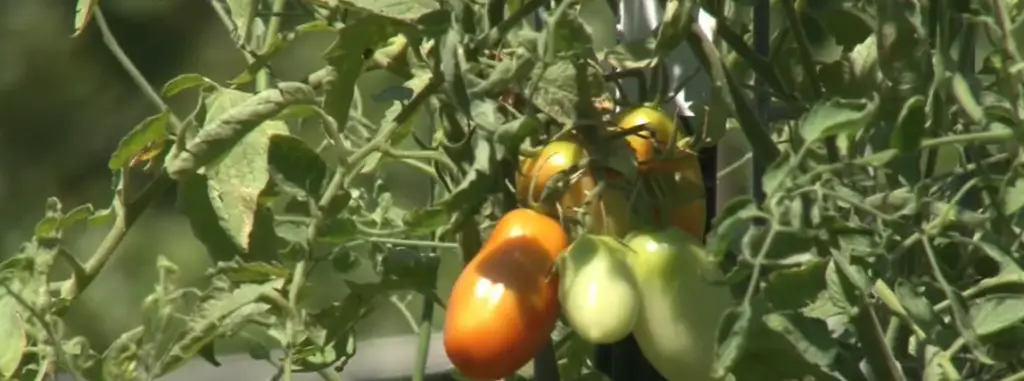
Step 4: Pest Control
Pests can be a major problem when it comes to tomato care. To keep your plants safe from pests, make sure to inspect them regularly and remove any insects you find. If the infestation is more serious, you may need to use an insecticidal soap or oil to get rid of them.
Step 5: Harvesting
Harvesting is the most rewarding step in caring for your tomatoes. When the fruits are ripe, pick them from the vine and enjoy their delicious flavor! Be sure to harvest any remaining tomatoes before frost arrives, as they can quickly spoil if left on the vine. [7]
How to Fertilize Tomatoes?
Fertilizing tomatoes is an important step in ensuring a healthier, more productive plant. Depending on the type of tomato you are growing, fertilizing will vary slightly.
For example, if you are growing determinate (bush) tomatoes such as Roma or Early Girl, they do not require staking and can be grown in patio containers. In these cases, a slow-release fertilizer should be applied when planting, and then every three to four weeks until the end of the season.
To help encourage additional flowering and set fruit, use an organic blossom end rot preventative such as calcium nitrate or Epsom salts. Sprinkle a tablespoon of either product around the base of each plant and gently work it into the soil.
Following these tips will help ensure healthier, more productive tomato plants with higher yields throughout the entire growing season. With proper fertilizing and care, you can enjoy fresh tomatoes from your garden all summer long! [8]
How to Store Tomatoes?
Storing tomatoes properly is essential to preserve their flavor and texture. Here are some tips for storing tomatoes:
- Keep them in a cool, dark place with plenty of ventilation, such as a pantry or garage. Avoid direct sunlight, which can cause the tomatoes to spoil quickly.
- Do not store tomatoes in the refrigerator unless absolutely necessary. Refrigeration can cause tomatoes to lose their flavor and texture.
- Store tomatoes in a single layer on a flat surface, such as a baking sheet or platter. This will allow air to circulate around the tomatoes and prevent them from rotting prematurely.
- Separate different varieties of tomatoes to prevent cross-contamination and disease transmission.
- If you’re not going to use the tomatoes within a few days, consider freezing them. Freezing can preserve the flavor and texture of tomatoes for up to six months. To freeze tomatoes, remove their stems and blanch them in boiling water for two minutes before immersing them in an ice bath. Allow the tomatoes to cool completely before transferring them to an airtight container or freezer bag.
- If you have an abundance of tomatoes, consider canning them. Canning is a great way to preserve the taste and texture of tomatoes for extended periods of time. To can tomatoes, first wash and core the fruits before adding them to a pot of boiling water for several minutes. Remove the cooked tomatoes from the boiling water and allow them to cool before packing them into canning jars. Use a pressure canner to process the tomatoes, following the manufacturer’s instructions carefully. Once canned, store the tomatoes in a cool, dark place and use them within one year.
By following these tips, you can ensure that your tomatoes stay fresh and flavorful for as long as possible! [9]
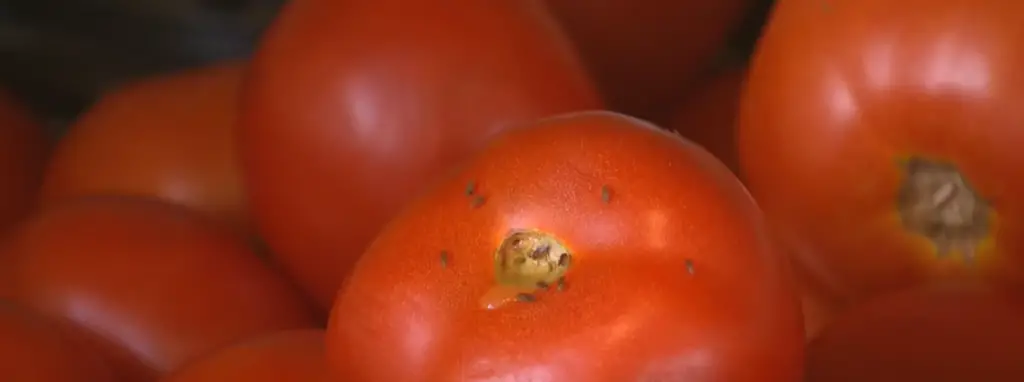
FAQs
How late can you plant tomatoes in Texas?
The best time to plant tomatoes in Texas is generally late March through early May. If planting later than that, you should use transplants instead of directly sowing the seeds in order to increase your chances of success. Additionally, it is important to choose a variety that matures quickly so you can harvest before the first frost. As long as temperatures remain above 65 degrees Fahrenheit and you can control soil moisture, tomatoes can be planted up until mid-summer in most of Texas.
What is the best month to plant tomatoes?
The best time to plant tomatoes is in the late spring or early summer. Planting tomatoes when the soil is warm will ensure that they get off to a good start. If you live in an area with mild winters, it’s possible to plant as early as March; otherwise, wait until May or June. The key is to make sure there is no danger of frost. This will ensure that your tomatoes get a good start and are not damaged by the cold temperatures.
Tomato plants are sensitive to temperature extremes, so make sure you monitor the weather in your area closely before planting. If temperatures dip below 50°F (10°C), cover the plants with a plastic tarp or sheet to protect them from potential freezes.
Is Texas too hot to grow tomatoes?
Texas is known for its hot summers, but that doesn’t mean that you can’t grow tomatoes in the Lone Star State. In fact, Texas has some of the best conditions for growing tomatoes – as long as you choose the right variety and give them plenty of water and fertilizer. With temperatures reaching up to 110°F (43°C) during summer months, it is important to select varieties that are heat-tolerant and drought resistant. Some popular tomato plant varieties for Texas include Celebrity, Roma, Beefsteak, and Early Girl.
How long do tomatoes take to grow?
Tomatoes take between 50 and 80 days to grow, depending on the variety. Some tomato varieties can be grown from seed in as little as two weeks, while others may require up to 10 months. The time it takes for a tomato plant to reach its full size also depends on conditions such as soil quality, temperature, and amount of sunlight. Tomatoes are best grown in warm, sunny locations with well-draining soil and plenty of water. When planting tomatoes from seed indoors, it is important to provide adequate lighting and warmth for the plants to thrive. If planted outdoors, mulching can help retain moisture and keep weeds from competing for nutrients. Pruning tomato plants can also help increase productivity by creating more flowers that will later turn into fruit. With proper care and attention, tomatoes can be a rewarding crop for any home gardener.
Useful Video: Gardening 101: Growing Tomatoes In Texas
Conclusion
Planting tomatoes in Texas is an exciting undertaking for any gardener. From choosing the right variety for your growing conditions to fertilizer and watering plants regularly, the process requires both knowledge and effort. While it can be a challenge, following proper planting guidelines will help ensure that your tomato crop yields an abundance of juicy fruits throughout the summer months. Understanding when to plant tomatoes in Texas is key to a successful harvest. Usually, late March up until early May is the optimal window of time to get started. Keeping warm temperatures in mind and giving plenty of water are essential steps in healthy tomato growing – with a little luck and patience, you’ll find yourself with plenty of vegetables come summertime!
References:
- https://www.harvestbyhillwood.com/north-texas-vegetable-gardening-for-beginners/
- https://thegardeningdad.com/best-vegetables-to-grow-in-texas/
- https://www.floridayards.org/when-to-plant-tomatoes-in-texas/
- https://a-z-animals.com/blog/when-to-plant-tomatoes-in-texas-8-tips-for-your-garden/
- https://www.healthline.com/nutrition/types-of-tomatoes
- https://eising.ca/10-secrets-to-growing-amazing-tomatoes/
- https://www.pennington.com/all-products/fertilizer/resources/the-well-fed-garden-a-how-to-guide-for-growing-tasty-tomatoes
- https://www.bhg.com/how-to-fertilize-tomatoes-7369776
- https://www.seriouseats.com/why-you-should-refrigerate-tomatoes








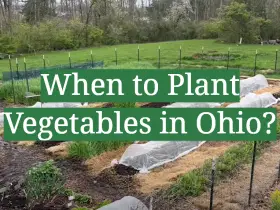
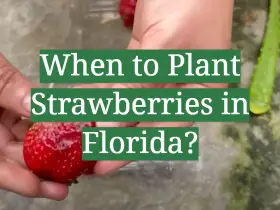
Leave a Reply
View Comments